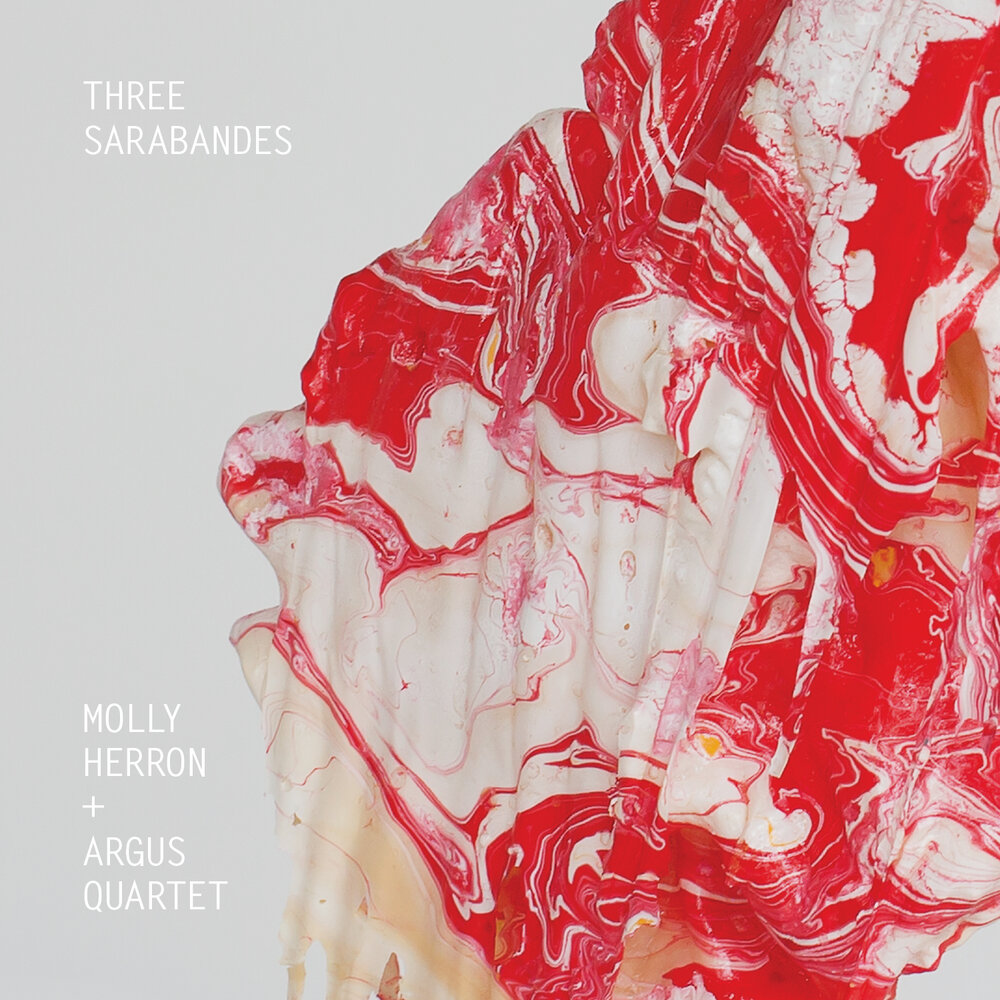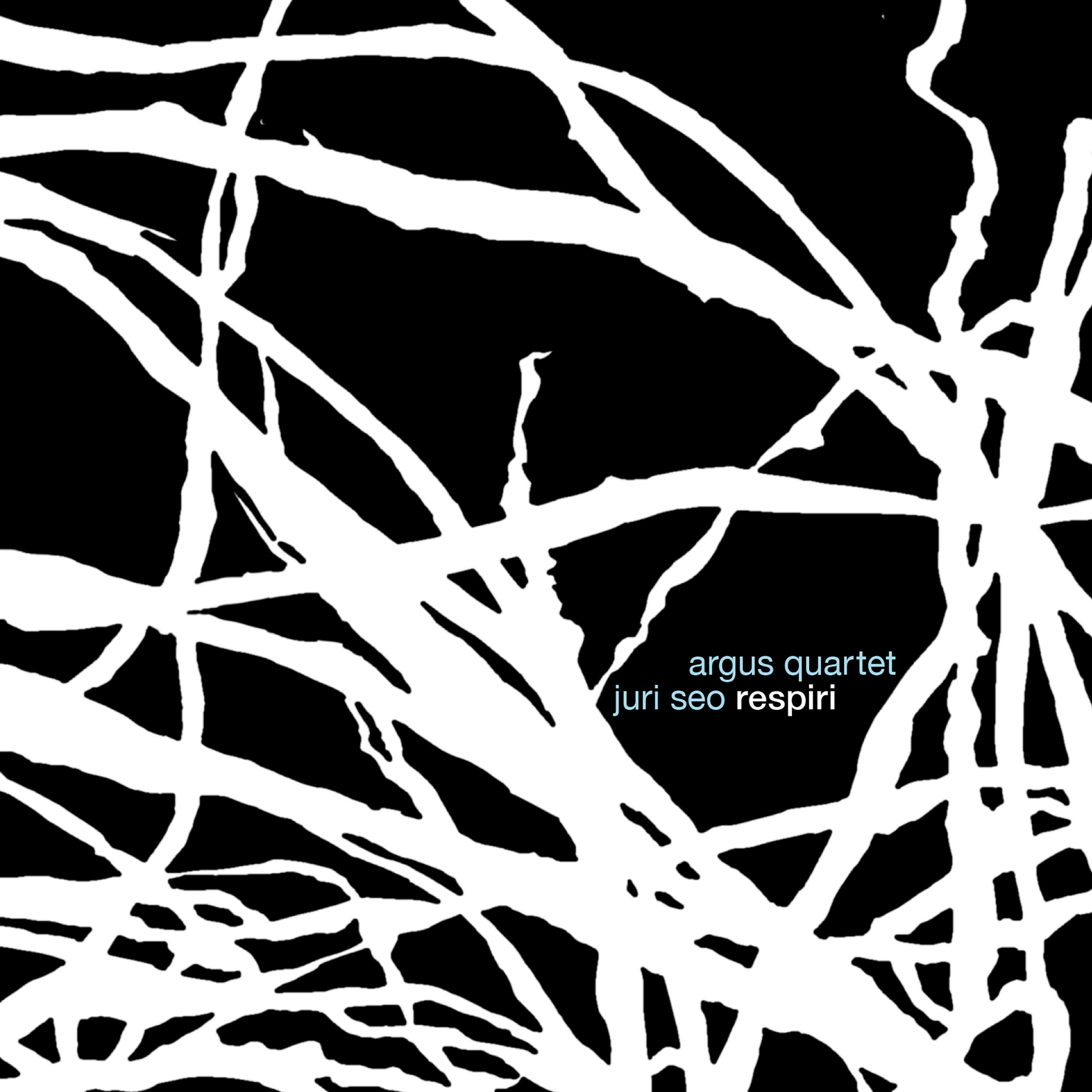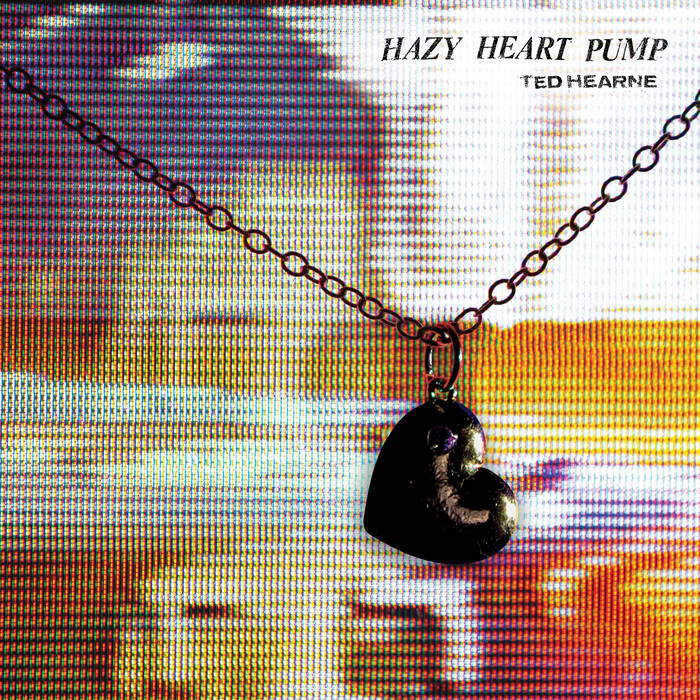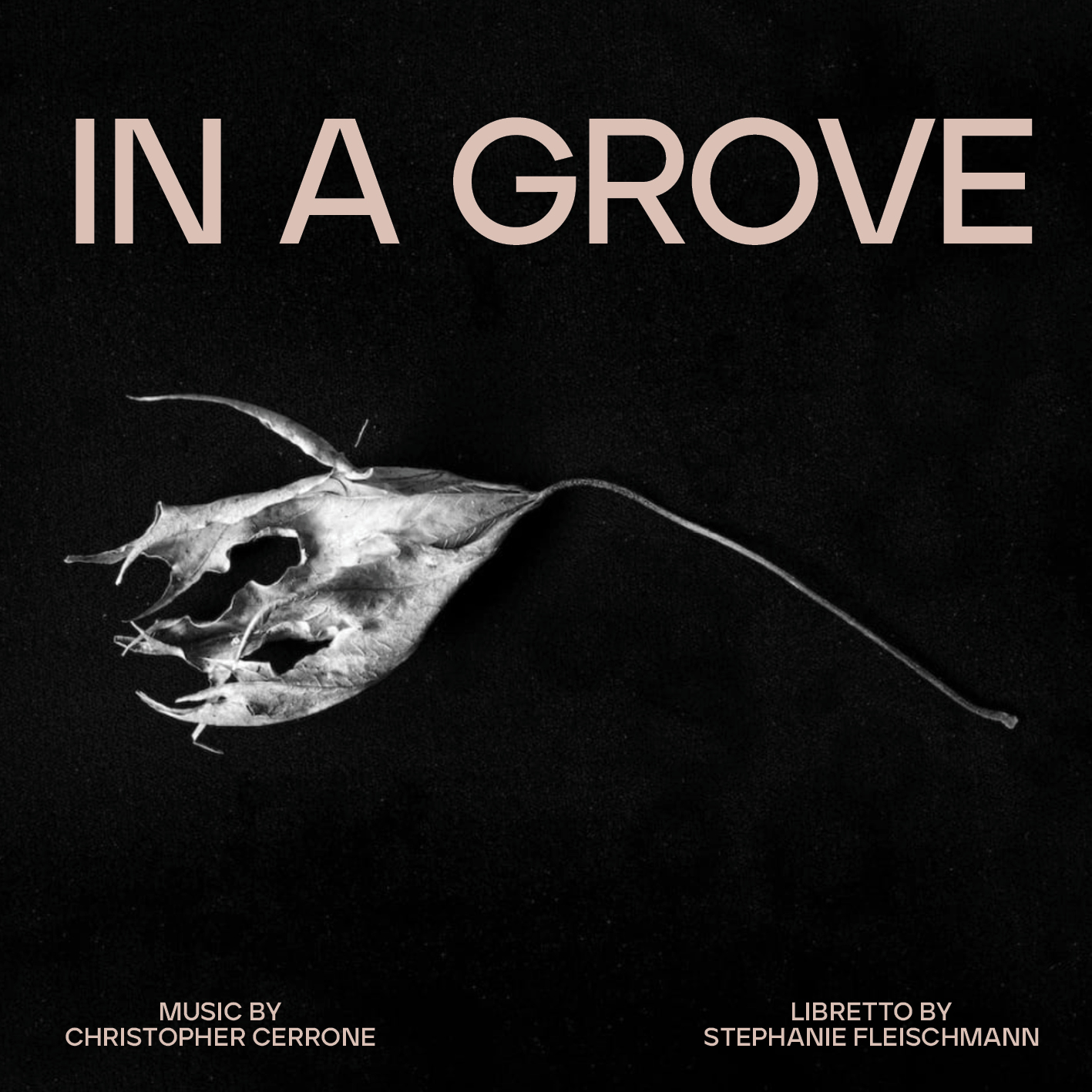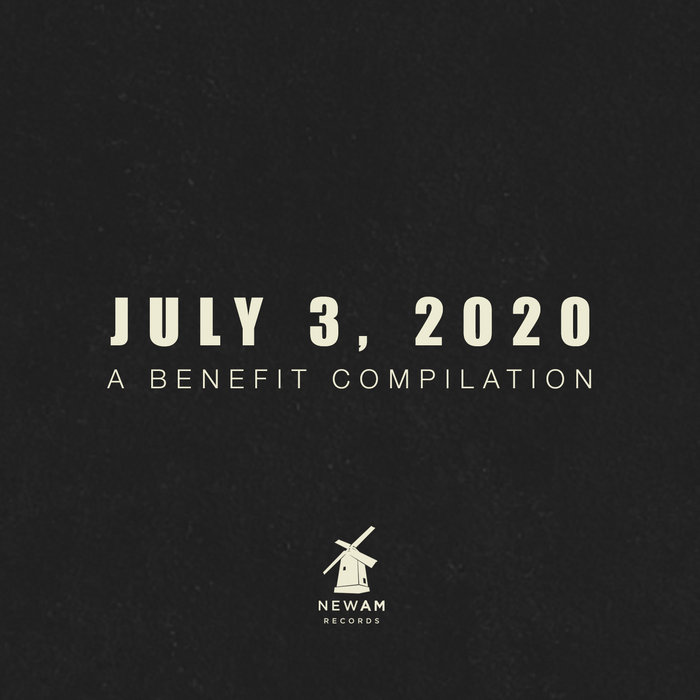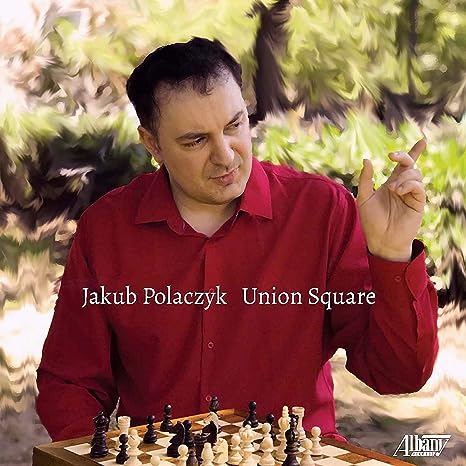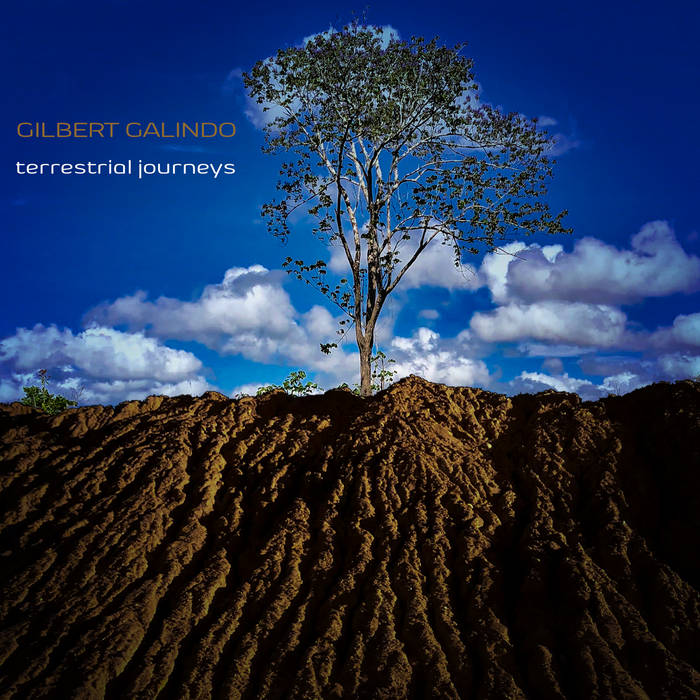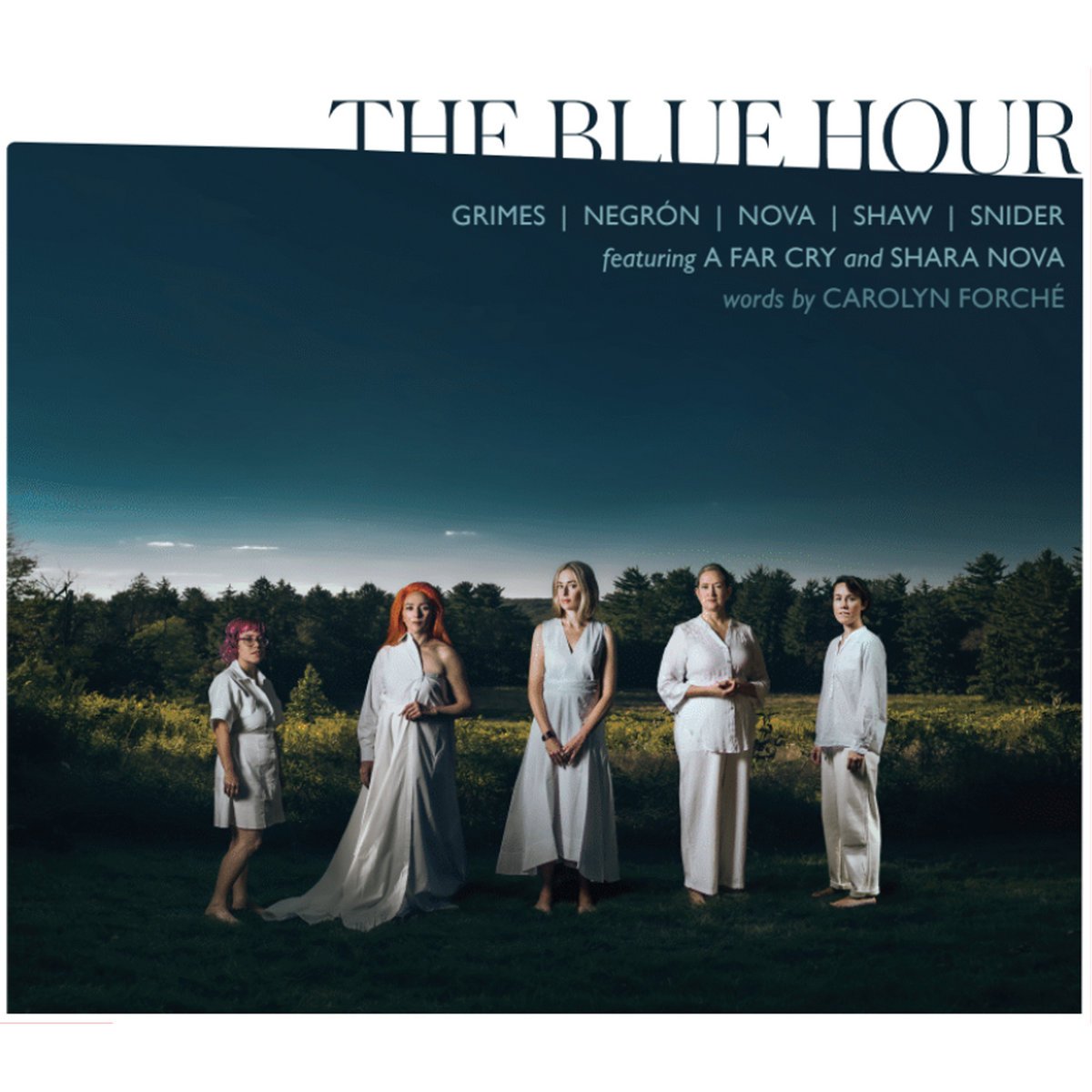“Described as “a homesick bariolage based on the anthem Hawaiʻi Aloha,” koʻu inoa exists in several forms. . . . koʻu inoa translates from ʻōlelo Hawaiʻi to “my name is” and frames a perspective and statement to absorb the meaning of identity. . . . Hawaiʻi Aloha, usually performed at the end of concerts, offers the audience a parting gesture of farewell to sing as one, to be a community connected. When koʻu inoa is performed as a concert opener, the anthem becomes a welcoming gesture rooted in the Kanaka Maoli protocols of first contact; to introduce who you are. As listeners, the invitation stands to meditate on our identity, discover meaning in the melody of our name, and feel rooted and connected to the place we call home.”
– Excerpts from a program note by Dr. Michael-Thomas Foumai, Lecturer, Academy of Creative Media, University of Hawaiʻi West Oʻahu, originally written for the orchestral premiere of koʻu inoa, April 2022
“This piece was written for Clara Kim at the request of Thomas Kotcheff for his concert in honor of the memory of our dear friend Sarah Gibson. The title, “Sometimes Even Music Cannot Substitute for Tears”, comes from the last line of the song “The Cool, Cool River” by Paul Simon. It’s a phrase that has haunted me for years, and as I composed, it seemed like an apt way of summarizing how it felt trying to memorialize Sarah musically and convey what she meant to me. Once when Sarah and I were talking shop and comparing working methods, she said she usually just began writing from the first bar and moving in a straight line to the last. I tend to start in the middle of pieces and work outwards, but for this piece I went “Sarah style”, first beginning with some extremely necessary deep breaths and then slowly finding the two notes that would take me through to the end of the piece. I am so grateful to Clara for her collaboration on this piece, and it means the world to me that we were able to come together to say goodbye to our good friend in this way.”
“Khanyisa (from Xhosa: “to shine light on”) is reflective, elegiac music, contemplating the brutal killings of George Floyd, Breonna Taylor, Ahmaud Arbery and many others. This music, born of the range of feelings that come with these distressing times, was written as the shadow of the Covid pandemic moved across the US in late Spring 2020.”
“In October 2006 I visited the ancient church of Santa Sabina on Rome’s Aventine Hill. I entered very early in the morning, while it was still dark, and as I listened to the morning mass I watched the sunrise from within the church. The light in Santa Sabina is breathtaking; the large clerestory windows are not made of glass but of translucent stone, and when light shines through these intricately patterned windows, luminous designs appear all over the church’s marble and mosaic surfaces. As I watched the light grow and change that morning, I was struck by both its enveloping, golden warmth and the delicacy and complexity of its effects. I sketched the material for this piece soon after that unforgettable experience.”
Feature on Composer Chats with Saad Haddad:
Discography

ahupua’a
by Leilehua Lanzilotti

Khazeri Yerazhstutyun
by Joseph Bohigian
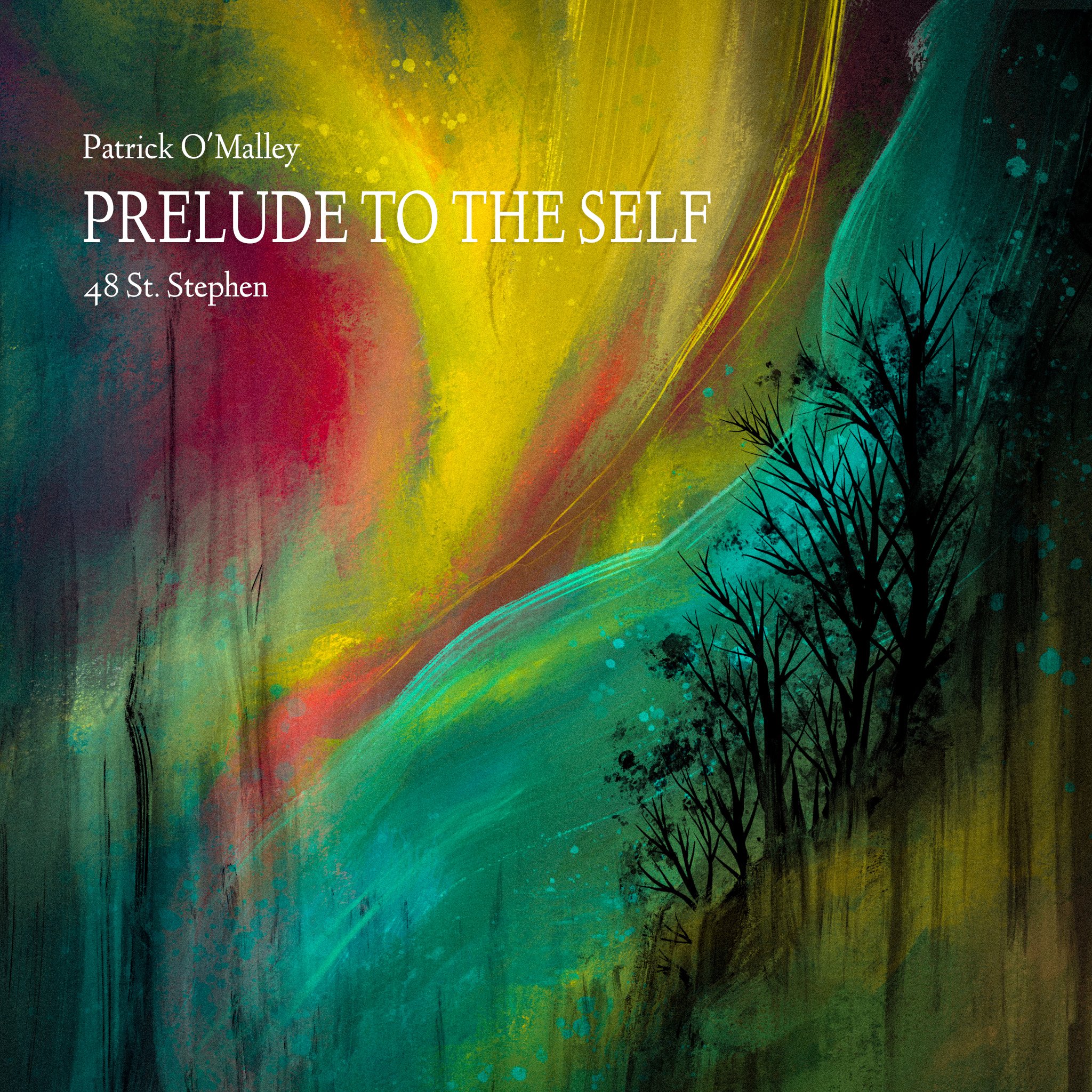
by Patrick O’Malley
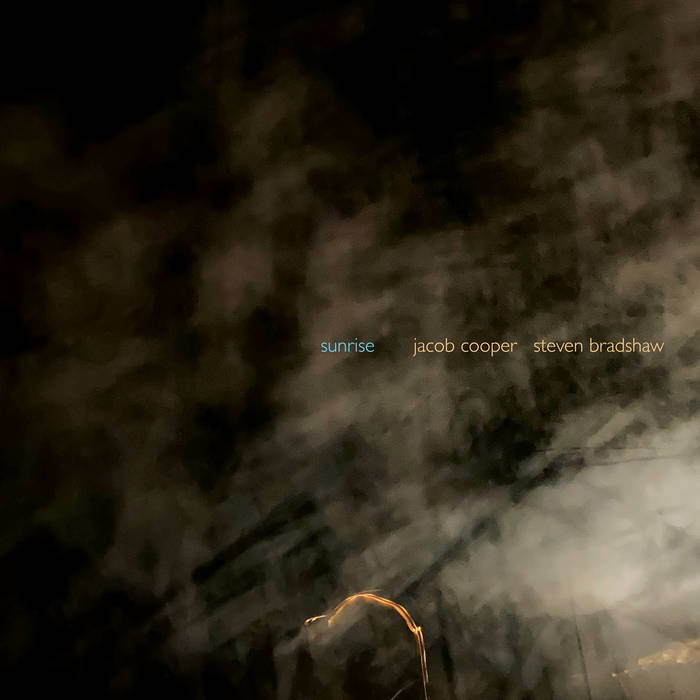
by Jacob Cooper & Steven Bradshaw
